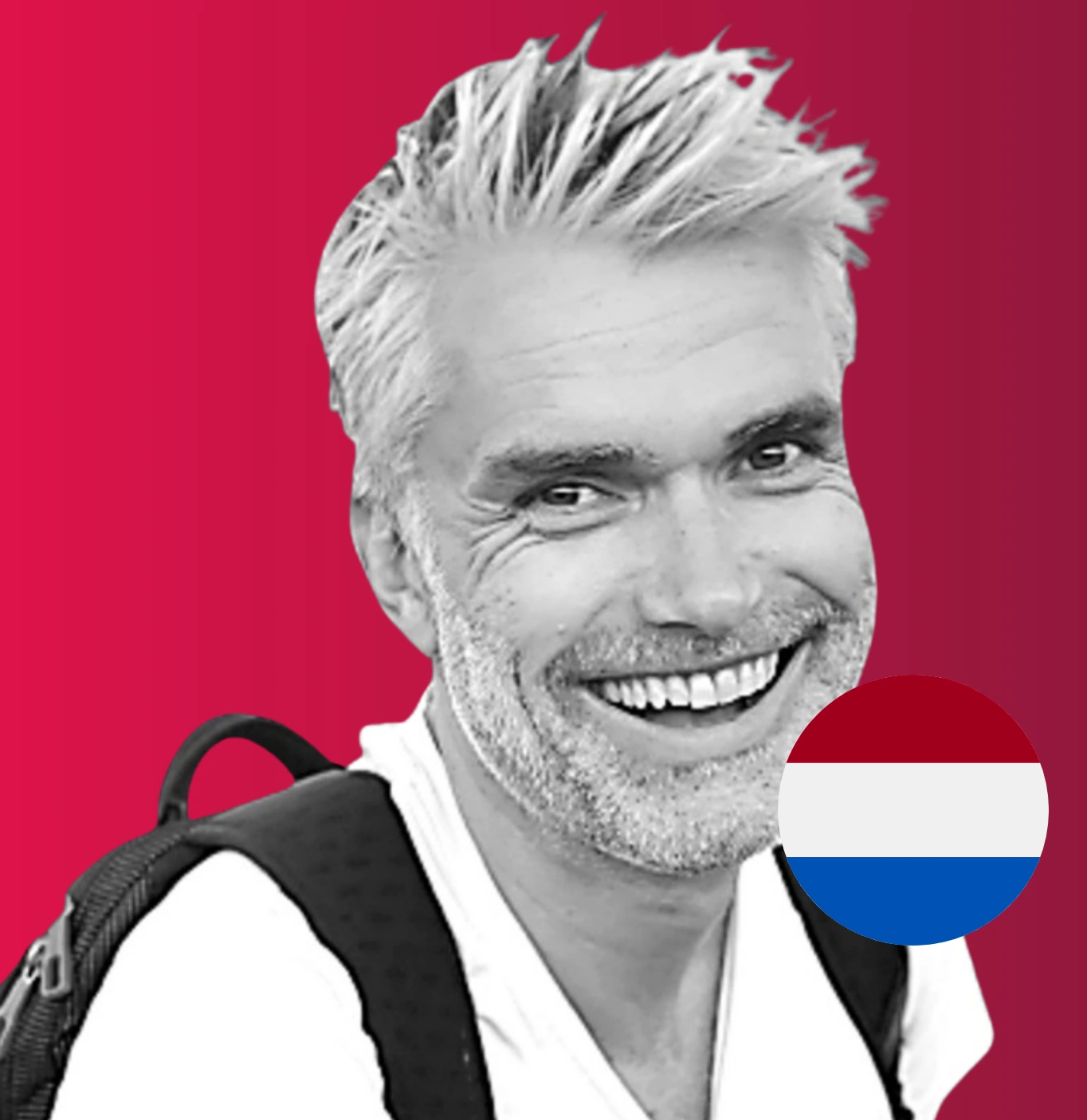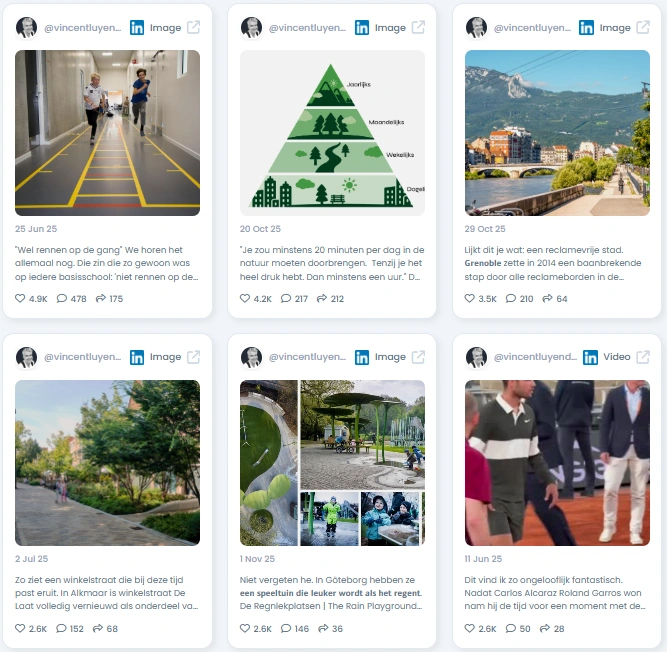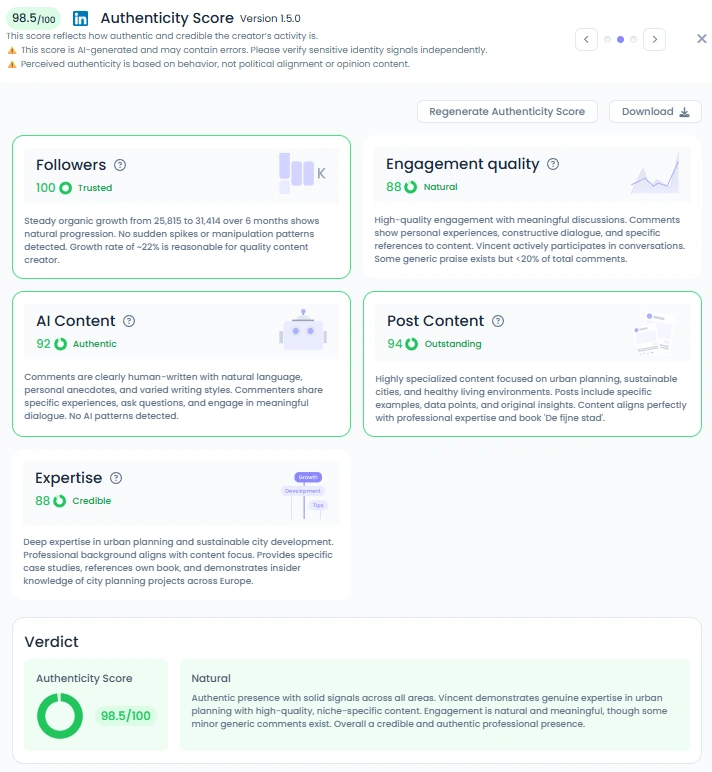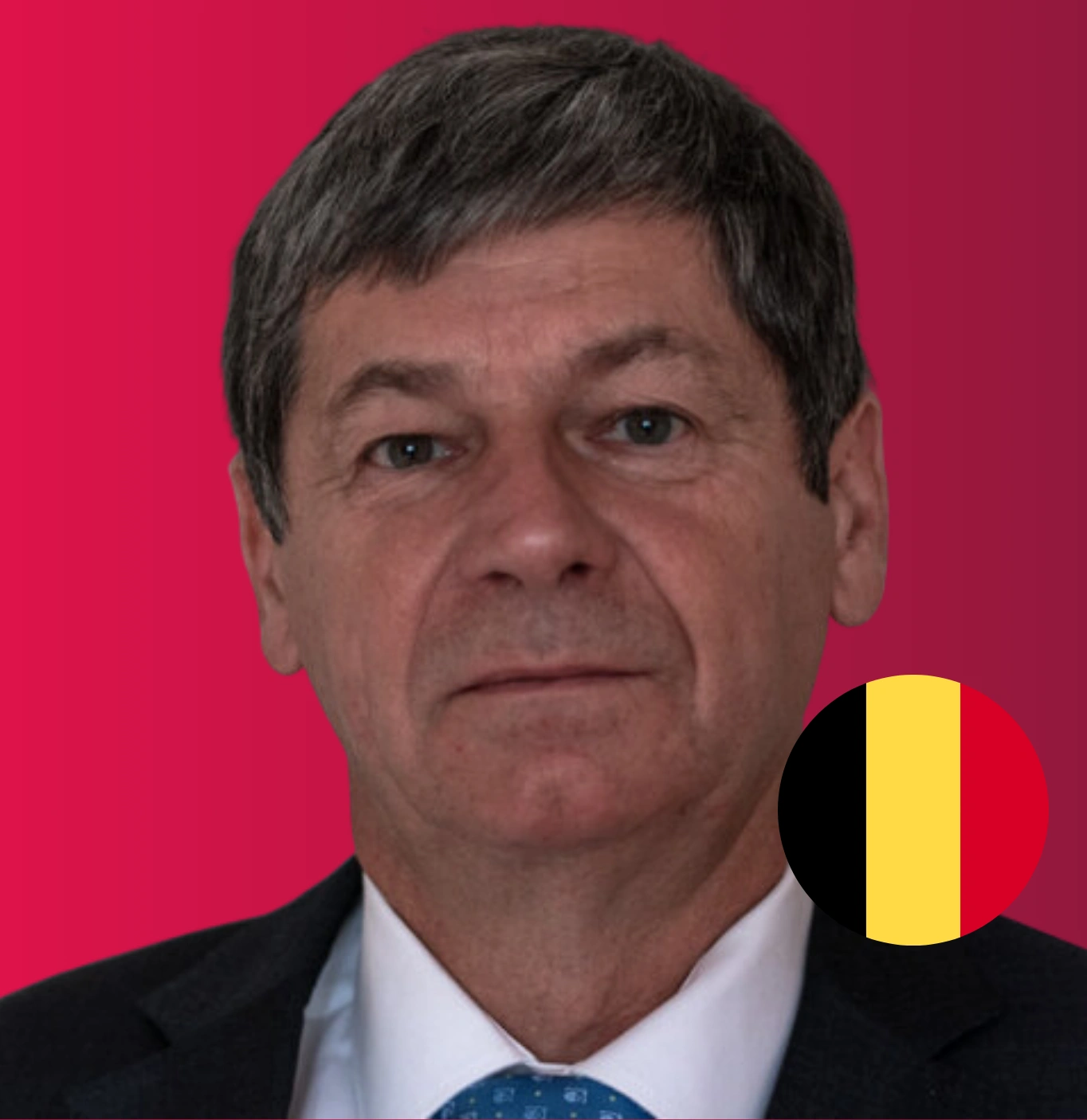Blog & Articles
Your ultimate ressource for the creator economy
Methodology & Rankings
About Favikon, rankings, tools & much more.
Insights
The recipe behind Favikon's viral & coveted rankings.
Free tools to power your influencer marketing workflows.
See Favikon users' success stories.
Get access to all Favikon rankings.
Become a Partner
Become an Affiliate
About the team behind Favikon
The place to talk creator economy, together


Featured Rankings

Here is the Top 50 Rising Video Creators on LinkedIn. Video is quickly becoming the platform’s most powerful format, with creators gaining more reach and engagement than ever. As Gen Z grows its presence and tools like BrandLink and Thought Leader Ads support content creation, LinkedIn is doubling down on video. This ranking, made in partnership with OpusClip, celebrates the creators leading this shift and aims to inspire anyone ready to start sharing through video.

Here is the Top 50 Rising Video Creators on LinkedIn. Video is quickly becoming the platform’s most powerful format, with creators gaining more reach and engagement than ever. As Gen Z grows its presence and tools like BrandLink and Thought Leader Ads support content creation, LinkedIn is doubling down on video. This ranking, made in partnership with OpusClip, celebrates the creators leading this shift and aims to inspire anyone ready to start sharing through video.
Who is Vincent Luyendijk?
He mixes practical planning know-how with a contagious optimism for everyday public life. His posts blend on-the-ground examples, book insights, and clear calls to action.

.png)

Elena Freeman designs partnerships and events at Favikon. She cares about building spaces where creators, brands, and ideas meet in ways that feel real and memorable. From partner programs to community gatherings, she focuses on making connections that spark collaboration and professional growth.
Check Brand Deals
Vincent Luyendijk: Designing cities that put people first
He mixes practical planning know-how with a contagious optimism for everyday public life. His posts blend on-the-ground examples, book insights, and clear calls to action. People tune in because his ideas are useful and doable. Vincent Luyendijk is a sustainability advocate and urbanist who talks plainly about better cities. He mixes practical planning know-how with a contagious optimism for everyday public life.
1. Who he is
Vincent is a Dutch sustainability advocate and the author of De fijne stad. He works at the intersection of urban planning, public health, and civic design. Over years of hands-on projects and writing, he has built a reputation for pragmatic solutions to everyday city problems. He draws on professional experience with municipalities, NGOs, and community groups to push for greener, calmer, more walkable streets. His voice sits somewhere between serious planner and engaged activist, and that balance gives his arguments both credibility and warmth.
2. A Network of Heavyweights
Vincent’s network spans municipal governments, cycling and mobility organisations, media outlets, and civic foundations. Logos and partners around his profile include platforms such as Bol.com, public broadcaster VRT, the Dutch Cycling Embassy, and advocacy groups like Fietsersbond. He links with urban designers, local policymakers, and NGOs across Europe, which gives him boots-on-the-ground access and media reach. That mix of local practice and national visibility amplifies his influence.

3. Why people listen

People listen because Vincent keeps it concrete. He posts about real projects, complete with photos, design sketches, and measurable outcomes. His language is direct and friendly, and he frames big problems as fixable with good design and policy. He invites conversation rather than grandstanding, which turns followers into collaborators. That practical tone makes complex planning ideas easy to adopt.
4. Authenticity that resonates

Favikon rates Vincent at 98.5/100 Authenticity, and the score fits what you see. His content reads human and specific: street photos, project snapshots, book excerpts, and local case studies. Comments and replies show real back-and-forth with planners, residents, and journalists. He rarely posts polished marketing fluff. Instead he shares lessons, fumbles, and wins, which builds both trust and approachability.
5. Numbers that back it up

Vincent’s audience grew from about 25,800 to 31,400 followers in six months, showing steady organic interest. His Influence Score sits near 7,581 points, and he ranks in the top 1 percent on LinkedIn in the Netherlands. Engagement quality scores are high, with around 88/100 for meaningful interactions and 94/100 for post content. In short, reach and resonance track together he gets attention and thoughtful responses.
6. Collaborations that matter
Vincent collaborates with city governments, cycling organisations, media outlets, and publishers. He brings research and hands-on project experience to policy pilots and community design efforts. His book and media features make him a natural partner for public campaigns and knowledge exchanges.
7. Why brands should partner with Vincent Luyendijk
Working with Vincent makes sense for brands that care about sustainable cities and civic trust. He helps turn technical ideas into public-facing programs.
- Thought leadership series on sustainable urban design for corporate sustainability programs
- Co-created city pilot projects that showcase green infrastructure or active mobility solutions
- Public workshops or panels with municipal partners to test new public realm ideas
- Editorial partnerships around books, white papers, or documentary features about livable cities
8. What causes he defends

Vincent champions climate action, children’s welfare, and education for everyone. He shows how better streets mean safer kids, healthier citizens, and less carbon. Examples include advocating for play-friendly public spaces, promoting cycling infrastructure, and pushing for daily access to green space. His posts and projects repeatedly connect design choices to long-term social and environmental benefits.
9. Why Vincent Luyendijk is relevant in 2026
City design is central to resilience, climate adaptation, and public health, and Vincent’s practical approach fits this moment. As cities test low-carbon transport, traffic calming, and nature-based solutions, his mix of evidence and storytelling helps move pilots into policy. He also translates complex planning debates into clear public messages, a skill that will stay valuable as urban tech and data shape decisions.
Conclusion: Designing Cities People Love
Vincent Luyendijk shows that great cities are built one street at a time. His blend of expertise, real projects, and clear communication makes him a go-to voice on sustainable urban life. For brands, governments, and citizens who want practical change, he offers both the map and the roadmap. His work keeps the focus on people, and that focus is what makes his influence last.
Related Articles
See all the articlesResources











.png)








